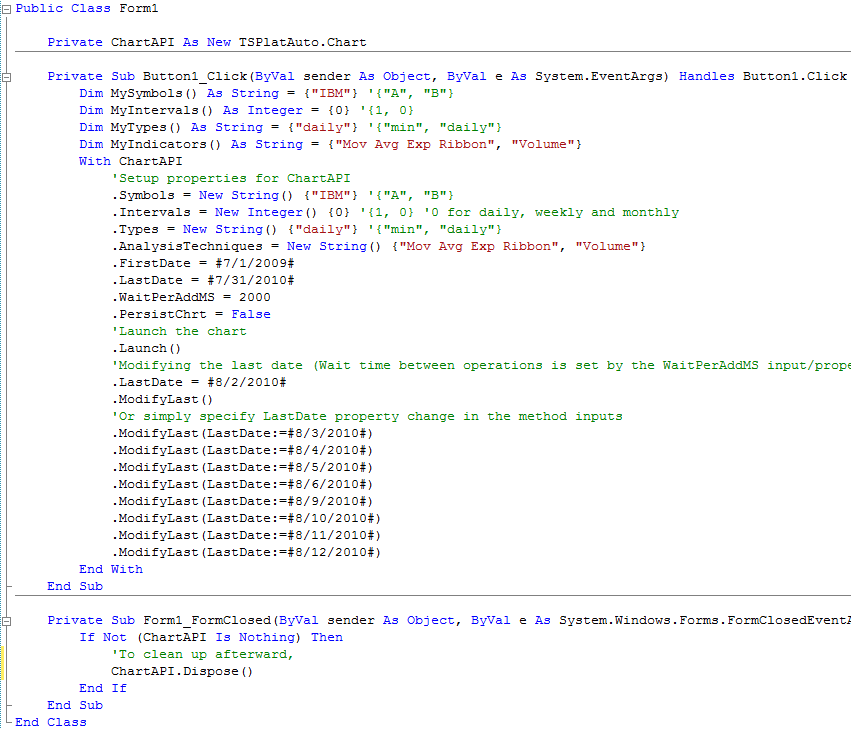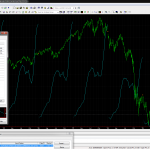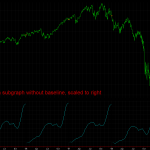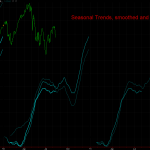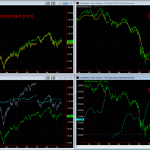Dynamic Link Libraries like ELExcel.dll on the TradeStation forums, and other such dlls typically communicate with the first instance of Excel only. However, one can accidentally create multiple instances of Excel by opening different Excel workbooks.
A solution to this issue is to interact with multiple instances of Excel from TradeStation using the XLInputs.dll (sold here).
A further solution is to avoid multiple Excel instances with the KeepSingleInstance Add-On product for Excel. The Excel Add-On allows you to easily open multiple Excel documents without the hassle of having to open them through the file menu of the open instance.
As stated above XLInputs has been enhanced to interface with multiple instance of Excel. However, working with multiple instances increases cpu loads. So it remains advisable to keep workbooks in a single instance of Excel when interfacing actively with TradeStation or MultiCharts.
For Excel 2003: Run Setup_Excel_KeepSingleInstance03.msi
For Excel 2007 & 2010: Run Setup_Excel_KeepSingleInstance07.msi
Here is an installation video for Excel 2007 & 2010 users:
Excel_KeepSingleInstance Installation for Excel 2007 (& 2010)
The process is similar for Excel 2003 users who would install Setup_Excel_KeepSingleInstance03.msi.
Note that with the Add-On, it is still possible to open multiple instances of Excel if you like. This is done by repeatedly launching the Excel.exe program directly or through shortcuts.
